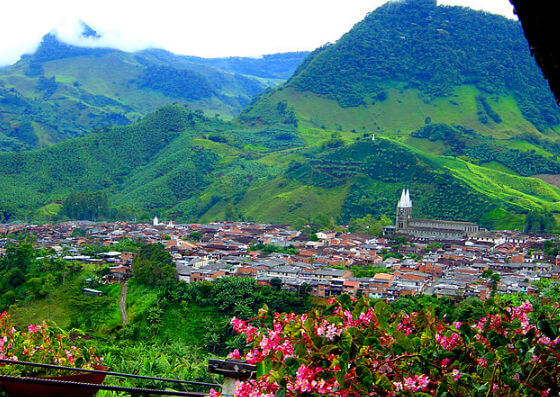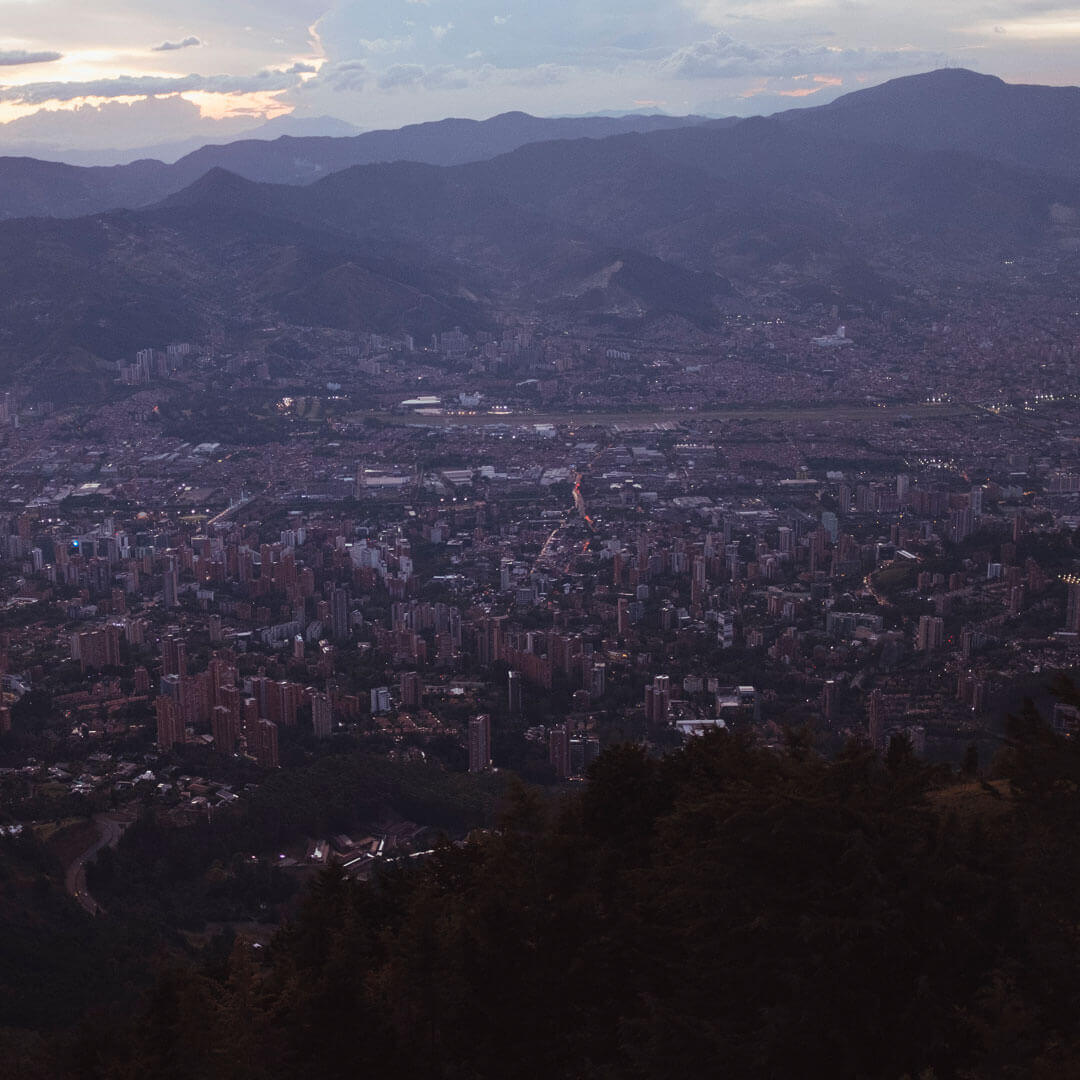A “heritage town” is a title that only three towns in Antioquia have, Jardín is one of them that between its exuberant nature and the beauty of its […]
Memory and transformation of Medellin
Medellín is well known for being the city of the eternal spring, but it wasn’t always like that, in the mid-eighties when narcotrafic cartels and terrorism seized of neighborhoods and vulnerable communities, Aburrá valley lived one of it’s darkest decades.
It was between 90s and the 2000, the first transfromation signs emerged, the creation of the first Metro system in Colombia in 1995 filled the city with a new air of optimism.

The most representative place in a city is Downtown, in Medellin this place is the scene of street artists, the place where commerce comes to life, and its main reference point. At La Playa avenue you can find the sculptures of our famous politicians, businessmen, writers and philanthropists, characters that represent the meaning of independence
There you can also find the “Barriento’s family house” that became a children’s reading center, testimony of the Antioquinian aesthetic taste. Walking up the street there’s the “beauty arts” palace which inside has the Beethoven hall and Oreste Sindici’s bust, Musician and Colombia’s national anthem author.
A Little bit up there’s the Pablo Tobon Uribe Theater which in its beginnings was destined for the presentations of Art, drama, musical, literary and scientific acts, And trough which Antioquinian culture was promoted
Just a few blocks away from the avenue is the Memory house
Museum that invites to the reflection and to be aware of a conflict that marked Paisa’s idiosyncrasy and reminds us of the value of life and that whom does not remember its history is condemned to repeat it.
“Memory unites realities, allows to build collectively and it expresses itself with multiple languages while we recognize and identify ourselves”
Enjoy a tour where each place has a story to tell, where you can experience the memory and transformation of Medellin.
 2,321 Views
2,321 Views








